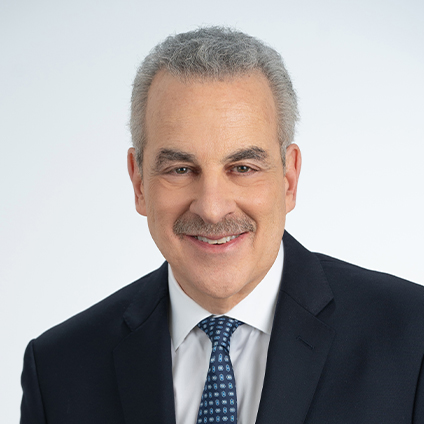Blog
What the Sandy Hook Report Teaches Us
The new report from the state’s attorney on the shootings at Sandy Hook Elementary school nearly a year ago makes for very, very painful reading. The sequence of events, in just-the-facts official language, is horrifying all over again. And part of the horror is that it’s so brief. As the report puts it, “In fewer than 11 minutes twenty first-grade pupils and six adults had lost their lives.”
In the report, it takes longer to describe the arsenal of weapons and the number of rounds of ammunition of each type Adam Lanza had amassed than it does to describe his movements inside the building. The details of the massive police response are heartbreaking because the carnage was over in moments, before it began.
It’s also very, very painful reading the details investigators were able to pull together about Lanza”s life in the months leading up to the shooting: a profoundly disturbed young man became so isolated that he not only saw no one but his mother, Nancy Lanza, but he no longer communicated with her, except by email.
Adam and Nancy Lanza lived in the same house but he didn’t allow her to go into his room, and she apparently didn’t—with tragic results. It is a struggle for many parents to stay close to—to really know—a teenage or adult child who guards his privacy fiercely. But this kind of secrecy should always be a red flag. And as if his deepening pathological isolation wasn’t obvious enough, the report added, “The shooter’s second floor bedroom windows were taped over with black trash bags.”
As evidence of how little she knew him, Nancy Lanza continued to encourage her son’s interest in firearms. One of the most chilling details was a check she had given Adam for a new pistol with “Christmas Day” written where the date is entered. “The mother wanted to buy the shooter a CZ-83 pistol for Christmas and had prepared a check for that purchase to give the shooter,” the report said. “The mother never expressed fear of the shooter, for her own safety or that of anyone else.”
Adam and Nancy Lanza needed help urgently and obviously didn’t get it. I can’t account for her decision to let Adam withdraw so completely and descend into his private preoccupations, but I do know that many parents with very disturbed young adult children become overwhelmed by the stigma against mental illness and the challenge of finding services for their kids, especially when they resist help.
The only way to prevent this kind of pathology from taking root is to take down the black garbage bags over the window, so to speak: to create a culture in which mental illness can be and is talked about as openly as medical illness. Nancy Lanza had friends, we understand, but didn’t confide in them much about the details of her life with Adam. She seemed to have given up on the care available in her area. She was planning to set him up an RV so she could sell the house, and move them to one of several communities where she thought Adam might do better.
The report suggests that Adam’s behavior had started to change around the seventh grade, when he withdrew from school activities, stopped riding his bike in the neighborhood, and started showing an obsessive interest in violent images. These are the kinds of changes we should all be alert to, as personality changes and withdrawal from previous interests are potential signs of developing mental illness. Not every seventh grader who likes to draw violent images has psychiatric problems, but every parent and teacher and school counselor who sees this behavior should take care to pay attention and get to know what they mean.
As we experience the details of that horrific day again, in new detail, it’s important to focus on what we can do to insure that future Adam Lanzas aren’t left in their blacked-out bedrooms. That means being the kind of people who talk openly about mental illness, and encourage others to do so. It means supporting initiatives to make care accessible in areas with few mental health resources. It means supporting training so that more pediatricians and teachers and other school staff are alert to the behaviors that are the symptoms of mental illness.
I don’t think we’ll ever understand why a young man would murder 20 small children and six adults who tried to protect them, and I don’t think we’ll ever feel “better” about it. But I do think that being proactive, focusing on what we can do to break the isolation around the mentally ill and keep weapons capable of instant carnage out of their hands, is the most healthy way to channel the pain.

